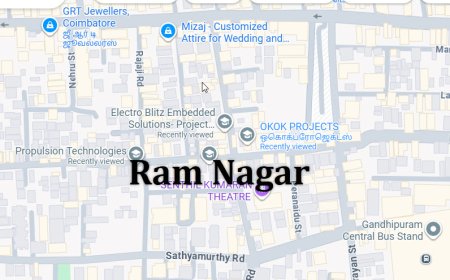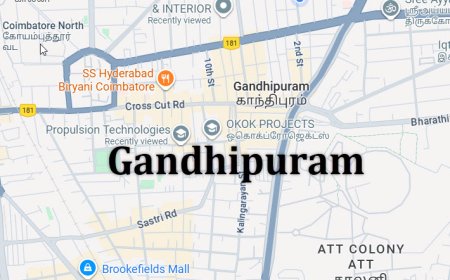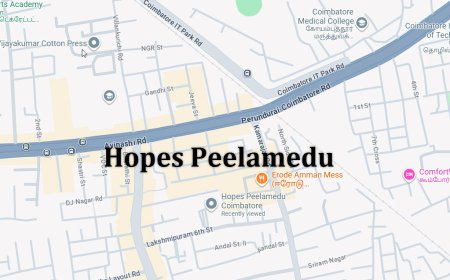MRI Brain Image Segmentation using CNN in Python Projects
MRI Brain Image Segmentation using CNN in Python Projects
MRI Brain Image Segmentation using CNN in Python Projects
Abstract
Accurate segmentation of brain regions from MRI images is crucial for diagnosing neurological disorders, planning treatments, and monitoring disease progression. The project MRI Brain Image Segmentation using CNN in Python Projects focuses on developing an automated system that uses Convolutional Neural Networks (CNN) to segment brain tissues and abnormalities such as tumors, lesions, or atrophies. Python is chosen as the development platform due to its extensive libraries for medical image processing, deep learning, and visualization, including OpenCV, SimpleITK, TensorFlow, Keras, and NumPy. The system preprocesses MRI images by removing noise, normalizing intensities, and resizing images, then applies CNN architectures to perform pixel-level segmentation. Automated brain segmentation enhances diagnostic accuracy, reduces manual effort, and supports clinicians in effective treatment planning.
Existing System
Existing brain image segmentation methods primarily rely on manual annotation by radiologists or semi-automated image processing techniques. Manual segmentation is time-consuming, subjective, and prone to variability between experts. Traditional techniques such as thresholding, edge detection, and region-growing often fail with complex brain structures, overlapping tissue boundaries, and varying image contrast. Some conventional machine learning approaches use handcrafted features for segmentation but struggle to generalize across different MRI datasets and cannot capture intricate spatial patterns effectively. Therefore, existing methods are limited in accuracy, robustness, and scalability for clinical use.
Proposed System
The proposed system introduces a Python-based deep learning framework for automated MRI brain image segmentation using CNN. Preprocessing steps include noise reduction, intensity normalization, resizing, and contrast enhancement to improve image quality. CNN architectures, potentially including U-Net or other encoder-decoder variants, are trained to segment brain regions and detect abnormalities at the pixel level. Data augmentation methods such as rotation, flipping, and scaling are applied to improve model generalization across diverse patient datasets. The system outputs segmented masks overlaid on original MRI images for visualization and clinical analysis. Performance is evaluated using metrics such as Dice coefficient, Intersection over Union (IoU), precision, and recall. By leveraging CNN-based segmentation, the system provides accurate, reliable, and automated brain image analysis, facilitating early diagnosis, treatment planning, and disease monitoring.
What's Your Reaction
 Like
0
Like
0
 Dislike
0
Dislike
0
 Love
0
Love
0
 Funny
0
Funny
0
 Angry
0
Angry
0
 Sad
0
Sad
0
 Wow
0
Wow
0






























